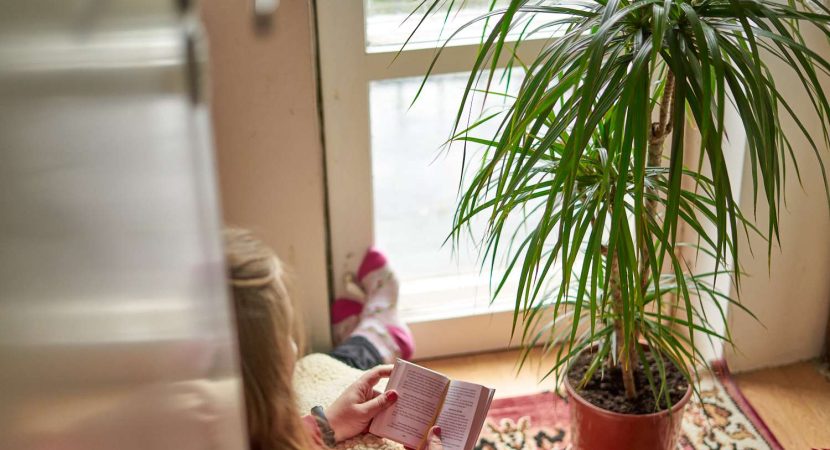Because they add natural beauty and a sense of calm to indoor spaces, indoor plants have become increasingly popular additions to homes and workplaces. In any case, one normal worry among plant fans is whether indoor plants can make due in low-light circumstances. In this article, we will look at how well Indoor plants can adapt to low light conditions and offer advice on how to choose the right plants for those conditions.
The term “low-light conditions” typically refers to areas that receive only indirect light or rooms with few windows that have limited access to natural sunlight. In these circumstances, the power and span of light accessible for plants might be essentially lower than what they would insight right at home.
While the facts confirm that most plants flourish in sufficiently bright regions, certain species have advanced to make due in the understory of backwoods, where daylight is separated through the thick foliage above. These plants have developed unique characteristics to adapt to low light levels, such as larger and broader leaves that absorb more light and have more chlorophyll to improve their photosynthetic efficiency. Instances of low-light open minded plants incorporate the snake plant (Sansevieria), pothos (Epipremnum aureum), and ZZ plant (Zamioculcas zamiifolia).

It is essential to take into consideration the specific light requirements of the indoor plants when selecting them for low-light conditions. A few plants, similar to the snake plant and ZZ plant, can flourish in very low-light conditions and are magnificent decisions for spaces with negligible normal light. Then again, there are plants that require moderate or brilliant circuitous light, making them less reasonable for low-light circumstances.
To guarantee the wellbeing and imperativeness of indoor plants in low-light circumstances, furnishing them with ideal care is fundamental. Plants can get the most light by being near windows, and north-facing windows often give low-light plants the best light. Even though low-light plants can thrive in low light, they still benefit from daily exposure to a few hours of indirect light. When it comes to watering, be careful because plants in areas with less light may need less water than those in areas with more light. Root rot and other problems can result from excessive watering. Consider using diluted, balanced liquid fertilizer and well-draining soil to supply the plants with essential nutrients. Therefore, Indoor plants provide a touch of nature and greenery within indoor spaces.




